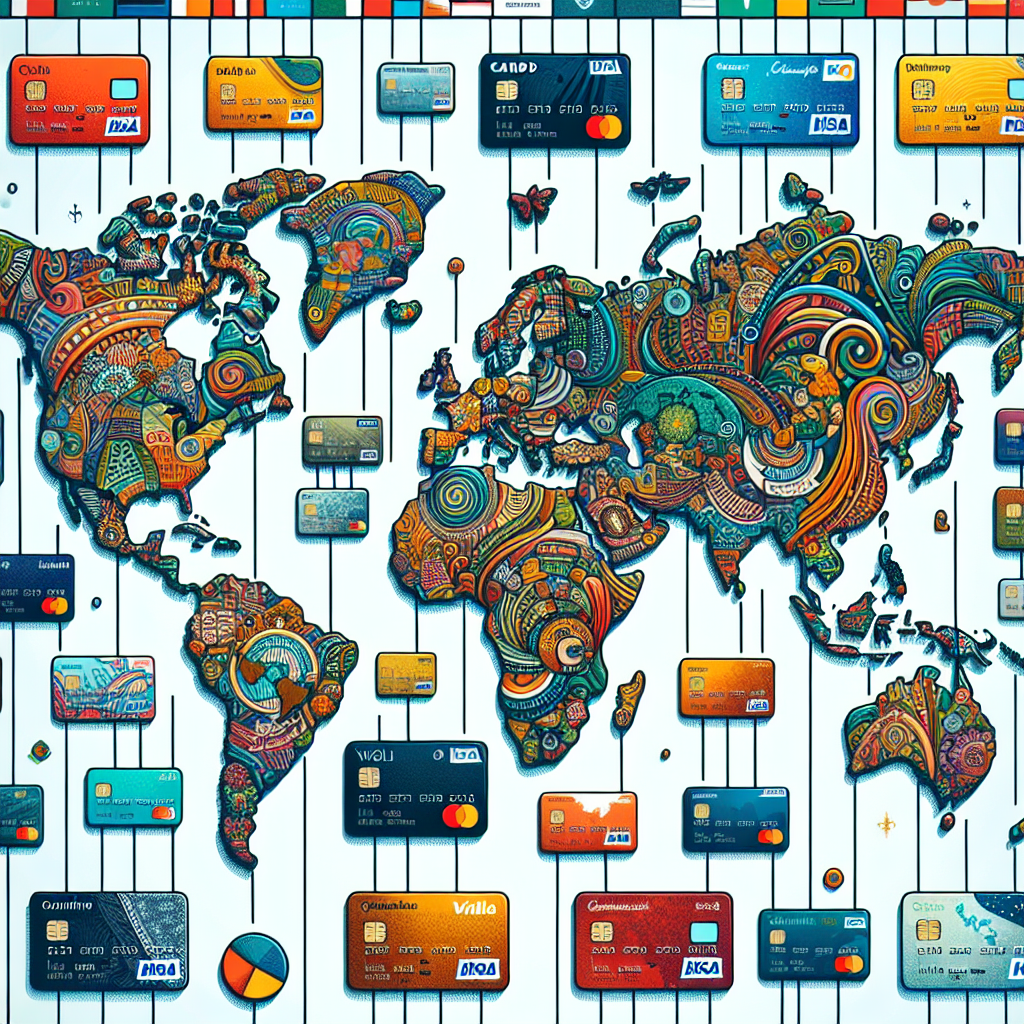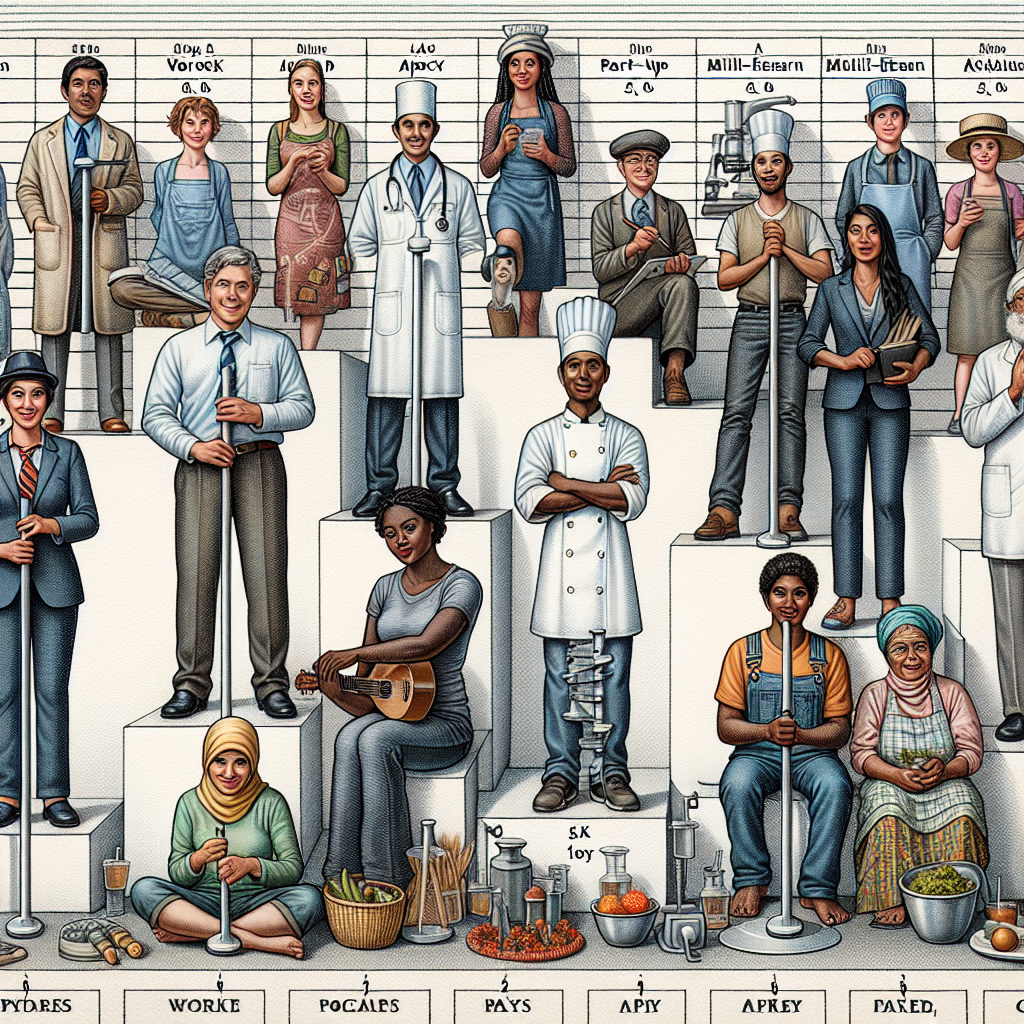Essential Insights
- To wield a debit card, you’ll first have to set up a checking account, often requiring valid ID and sometimes an initial payment.
- Since debit cards are tied directly to your checking funds, minding your account balance is crucial to dodge overspending pitfalls.
- While debit cards are convenient, credit cards typically provide stronger protection against fraud, and carrying cash may help keep spending in check.
Back in the day, cash ruled the roost, but now, plenty of folks lean toward the slick ease of debit cards for their transactions. Easy to snag and accepted virtually everywhere, debit cards have become a staple for everyday spending.
The Debit Card and Your Checking Account: A Seamless Duo
Linked straight to your checking account, a debit card lets you breeze through transactions—be it buying from your phone or laptop, swiping at a checkout, or pulling cash from an ATM—usually in under a minute.
Getting Your Debit Card: Step-by-Step
1. Kick Off by Opening a Checking Account
Whether via your bank’s digital portal or stepping into a branch, the journey begins with opening a checking account. This involves:
- Submitting documents: Present a government-issued ID like a driver’s license or passport, plus your Social Security number or local equivalent. Some banks might ask for extra paperwork.
- Age criteria: If under 18, you may need a parent or guardian to co-sign. Rules differ among banks, so ask yours directly.
- Initial deposit: Many banks request a starter deposit; some let you open an account with as little as $1.
- Completing forms: Fill in personal info, hand over your docs, and provide the required deposit.
- Account activation: Once approved, get set up with online banking and establish your PIN along with any other details needed.
2. Put in Your Request for the Debit Card
Usually part and parcel of creating your account, you’ll be able to order a debit card. The wait time can be around a week or so, arriving by mail, although many institutions now offer instant or same-day cards ready for use on the spot.
3. Activate and Roll
With your shiny new debit card in hand, activation is your next stop. This tends to be a hassle-free step, doable via phone, online, or through an app. When opting for digital activation, always choose a safeguarded and password-protected network to keep cyber snoopers at bay.
Your bank might provide a default PIN, or better yet, you may pick your own during activation. Avoid obvious choices linked to your personal data like birthdays or phone numbers. Guard your PIN as if it’s the key to a treasure chest.
Keeping Your Debit Card Experience Smooth
Warning Signs: Overspending
Since debit cards pull funds straight out of your checking account, it’s vital not to outspend what’s available. Doing so can incur nasty overdraft fees, both from your bank and the ATM owner. As of 2024, out-of-network ATM fees average about $4.77 per withdrawal, roughly 1 to 3 percent of the transaction size according to Bankrate.
| Out-of-network ATM fee | $4.77 | Typical combined fee from bank and ATM owner |
| Overdraft fee | $33 (variable) | Varies by bank and account type |
Card replacement fees: Banks might charge for replacing lost, stolen, or damaged cards, and some impose extra for expedited shipping if you need your card ASAP. Certain institutions now allow you to toggle card status (lock/unlock) digitally via your banking app, giving you more control and peace of mind.
For those without a checking account—or parents trying to school their kids in finance—prepaid debit cards present a handy alternative. Loaded with funds in advance, these cards let you spend only what’s stored, mimicking the debit card experience without the need for a traditional bank account.
The Advantages of Credit Cards
Credit cards often come equipped with beefed-up fraud protections that debit cards lack. Meanwhile, relying on physical cash can prevent accidental overspending and dodge interest charges that pile up if you don’t clear your credit card balance promptly.
Distinguishing Between ATM and Debit Cards
Though they may look alike, ATM cards and debit cards each have their own niche. An ATM card’s job is solely to let you access your bank’s machines—to withdraw cash, check balances, or shuffle money between accounts—always requiring a PIN. But ATM cards fall short when it comes to making online or in-store buys.
In contrast, debit cards pack more punch: they handle all ATM functions plus allow you to make purchases wherever cards are accepted, pay bills online, or even tap to pay contactlessly. Anchored to your bank account and secured by a PIN for ATM use, debit cards have largely replaced ATM cards as the go-to plastic in most banking setups.
Choosing the Best Debit Card Setup for You
Getting your hands on a debit card is straightforward through banks that couple one with a checking account. For a hassle-free experience, scout for banks that waive minimum balance requirements and dodge monthly maintenance fees. Bonus points if they offer perks like ATM fee reimbursements or cashback rewards.



